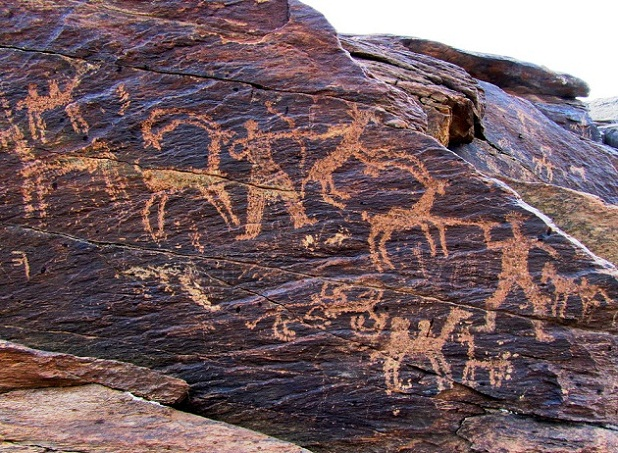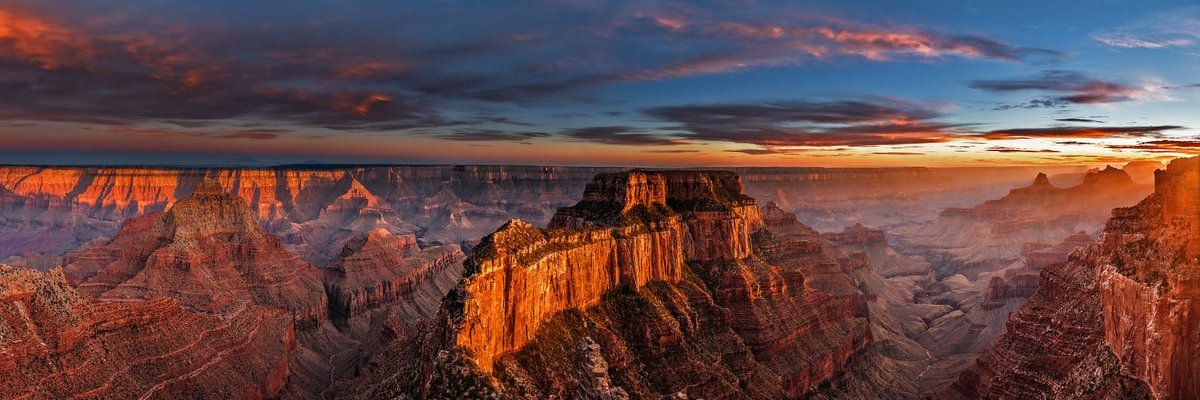
Before the West
@beforethewest
The archaeological legacy and books of Native American civilizations: Rock Arts, Facts, Petroglyphs & Pictographs. | #nativeamericans #archaeology #history
The striking similarities among nearly identical petroglyphs discovered in Japan, Utah-USA, and Azerbaijan prompt intriguing inquiries into the connections between ancient cultures. These carvings, located in Fugoppe Cave in Japan 🇯🇵, Nine Mile Canyon in Utah 🇺🇸, and Gobustan in…
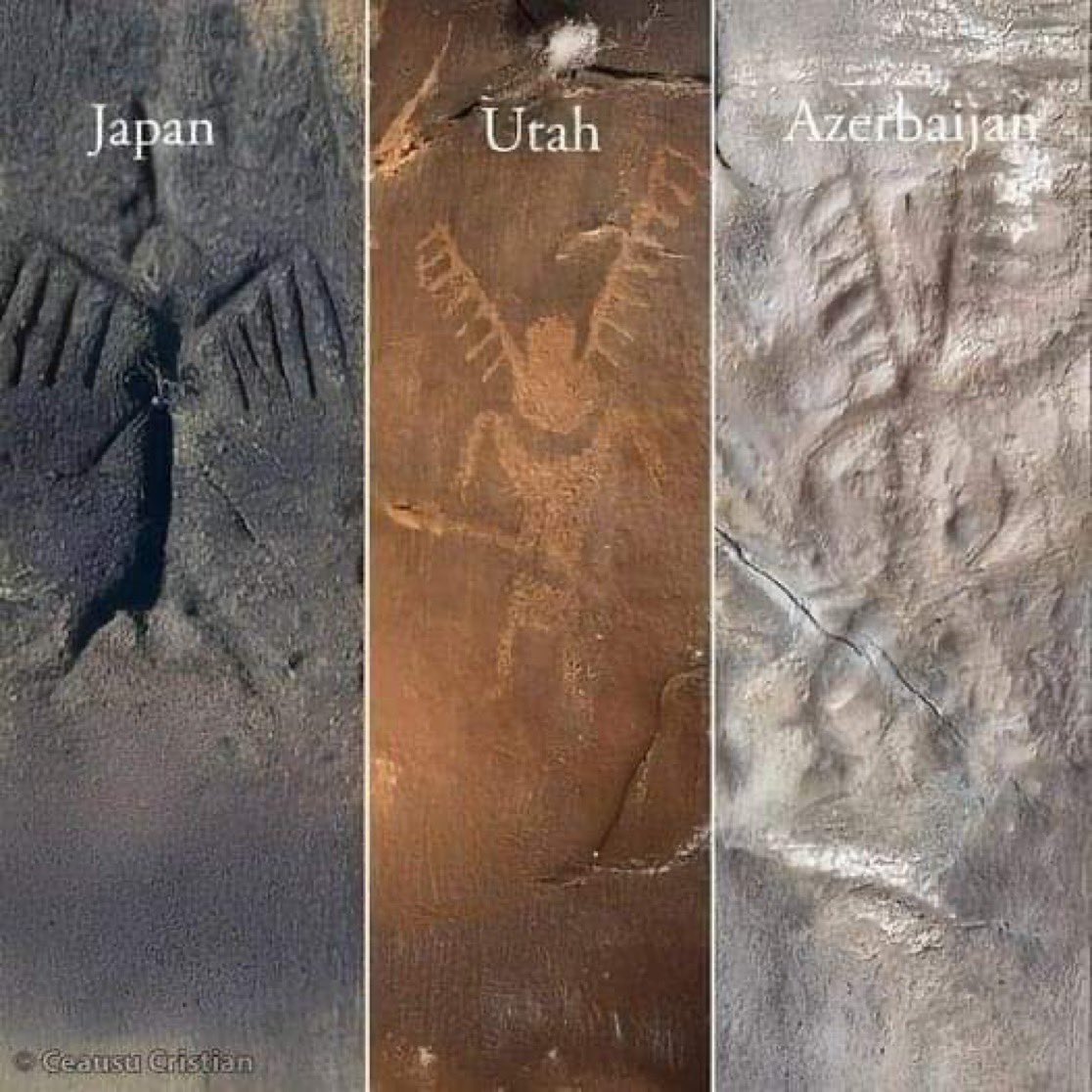
👇🏼
Red Cloud's Speech after Wounded Knee Massacre! ➔Red Cloud (1822-1909) - A Perspective from Chief Red Cloud, on how Native Americans were treated during the late 1800’s - A MUST READ! ⏬🔽👇TRUTH! “I will tell you the reason for the trouble. When we first made treaties with…
Mimbres Bowl – Mogollon Culture, New Mexico 🇲🇽 (c. 1000–1150 CE) This striking ceramic bowl features iconic Mimbres-style stirrup spout and bold black-on-white design depicting birds in motion. Used both functionally and ritually, these bowls often served in burial…
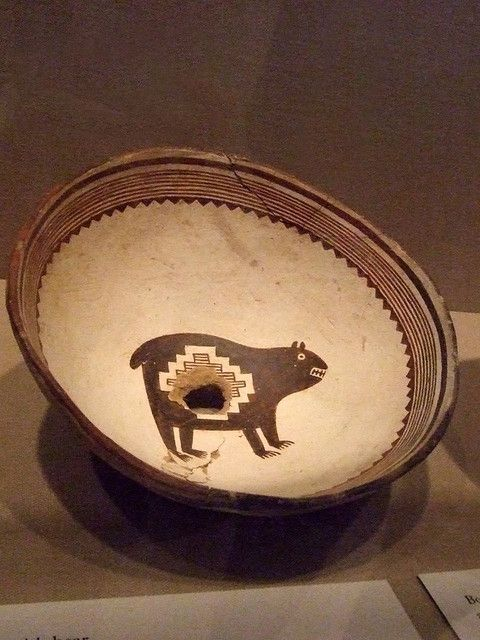
In the open-air gallery of Cholpon-Ata, nestled at the foot of the Tian Shan Mountains near Lake Issyk-Kul in Kyrgyzstan 🇰🇬, lies a remarkable concentration of ancient petroglyphs. Etched into massive glacial boulders, these carvings—some dating back as far as 1500 BCE—depict…
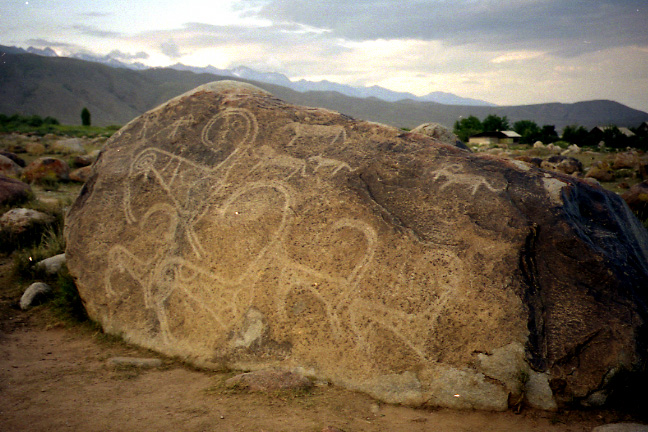
Navajo-Style Tomahawk – Southwestern Plains (late 19th century) This intricately beaded and feathered tomahawk served not just as a weapon but also as a ceremonial and diplomatic symbol among various Plains tribes. Decorated with bright beads and eagle feathers, these hatchets…
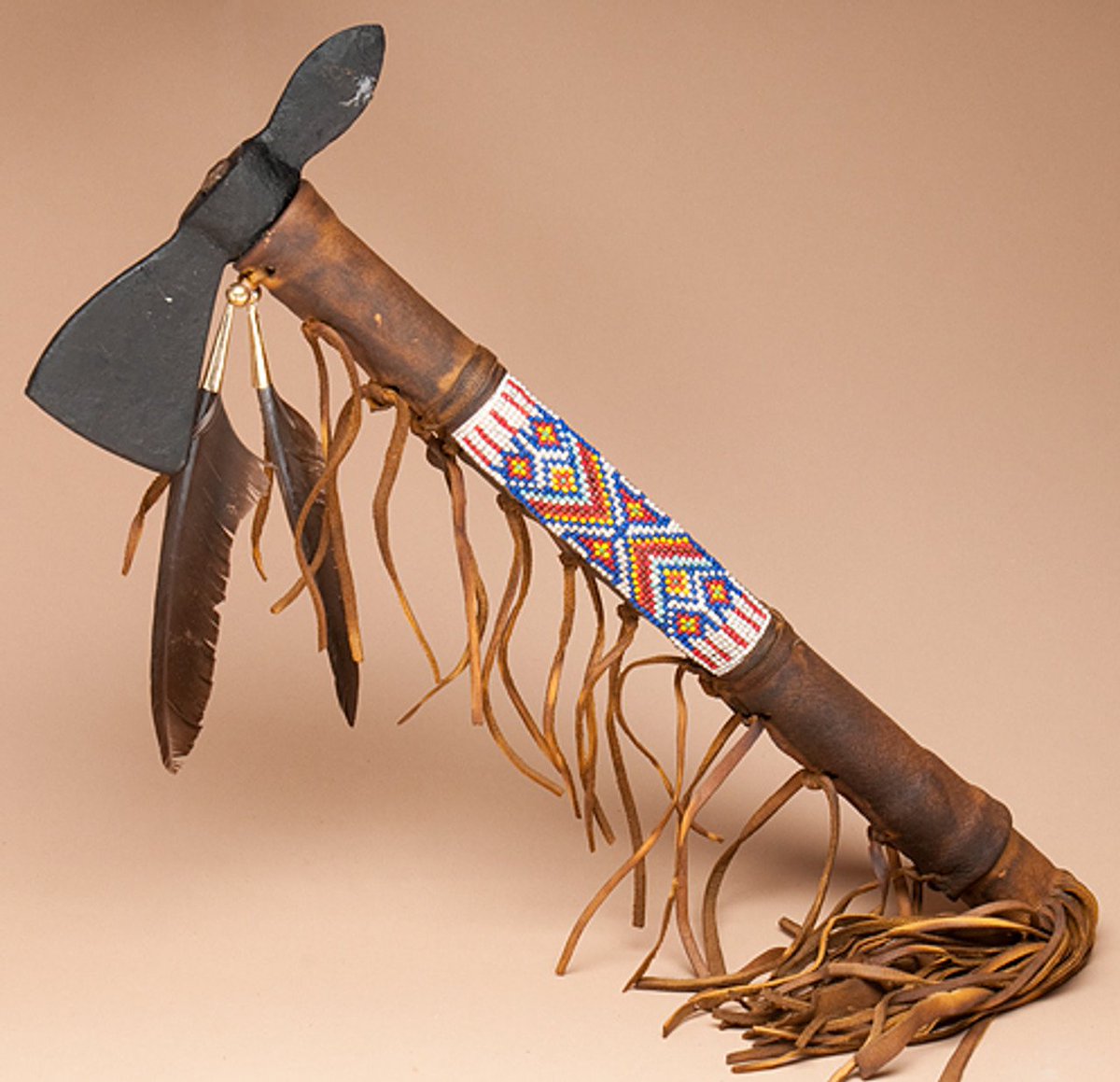
Two pipes excavated from mound sites in coastal southern North Carolina. The carving and characters on these are pretty interesting. The dates on these could be as early as AD 1200-1300 or as recent as 1600. These are from the UNC archaeology digital collection.…
Tlingit Mask – Pacific Northwest (ca. 1860) This wooden mask, carved by a Tlingit artist, was worn during potlatch ceremonies to embody ancestral spirits and animal beings. With bold red, green, and black pigments, the exaggerated facial features signified a bridge between…
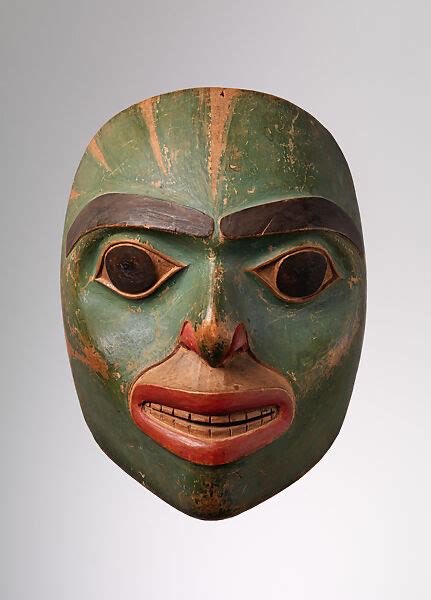
Ceremonial copper axes excavated from mounds at the Moundville, Alabama complex by C.B. Moore in the early 1900s.
The Pla de Petracos rock art site is located at Castell de Castells 🇪🇸, about 500m asl, on the left bank of the Barranc de Malafi. The steep cliff face has a series of overhanging sections, shelters or abris, which were painted during the Neolithic, about 8,000 years BP. There…
This past weekend we took a group of 42 to several Native American mound & earthworks sites in Ross County, Ohio. Below is Mill's 1914 survey of the ancient Ross County sites. It would be a difficult task to see all of the remaining sites.
Bowl with mice decoration, Nazca culture, dating from 100–500 AD. Currently housed in the collection of The Princeton University Art Museum.
Hidden beneath a protective shelter on Cheung Chau Island in Hong Kong 🇭🇰 lies one of the region's most enigmatic prehistoric treasures: an ancient rock carving believed to date back over 3,000 years. The petroglyph, faintly visible on a large granite boulder, features swirling,…
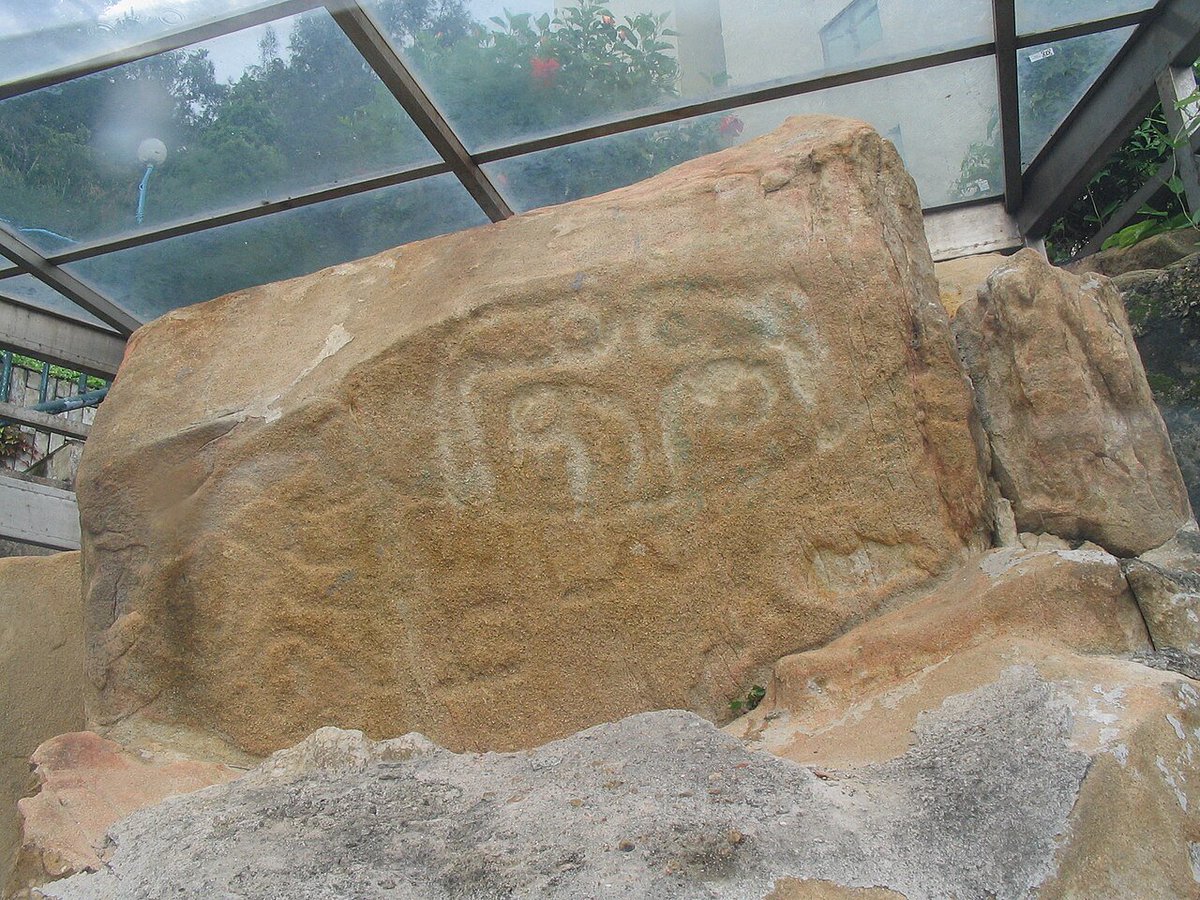
At the heart of Namibia’s 🇳🇦 Twyfelfontein valley lies one of Africa’s most iconic rock art panels: the Lion Plate. Carved into the desert stone by the San people over 2,000 years ago, this petroglyph is both a masterpiece of prehistoric expression and a sacred cultural artifact.…
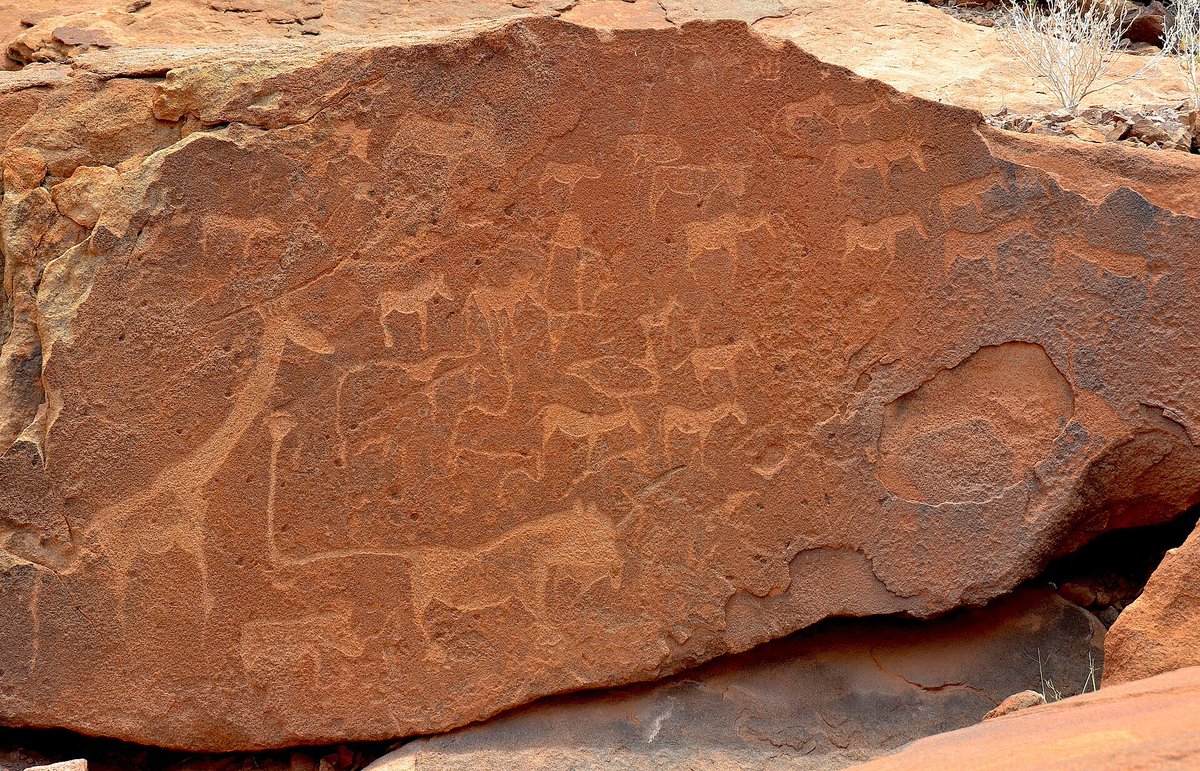
Hidden in the limestone plains of Bidzar, northern Cameroon 🇨🇲, lies a remarkable and little-known collection of ancient petroglyphs. The carvings, like the spiral design pictured here, are pecked into the rock with surprising precision. Their true meaning remains uncertain, but…
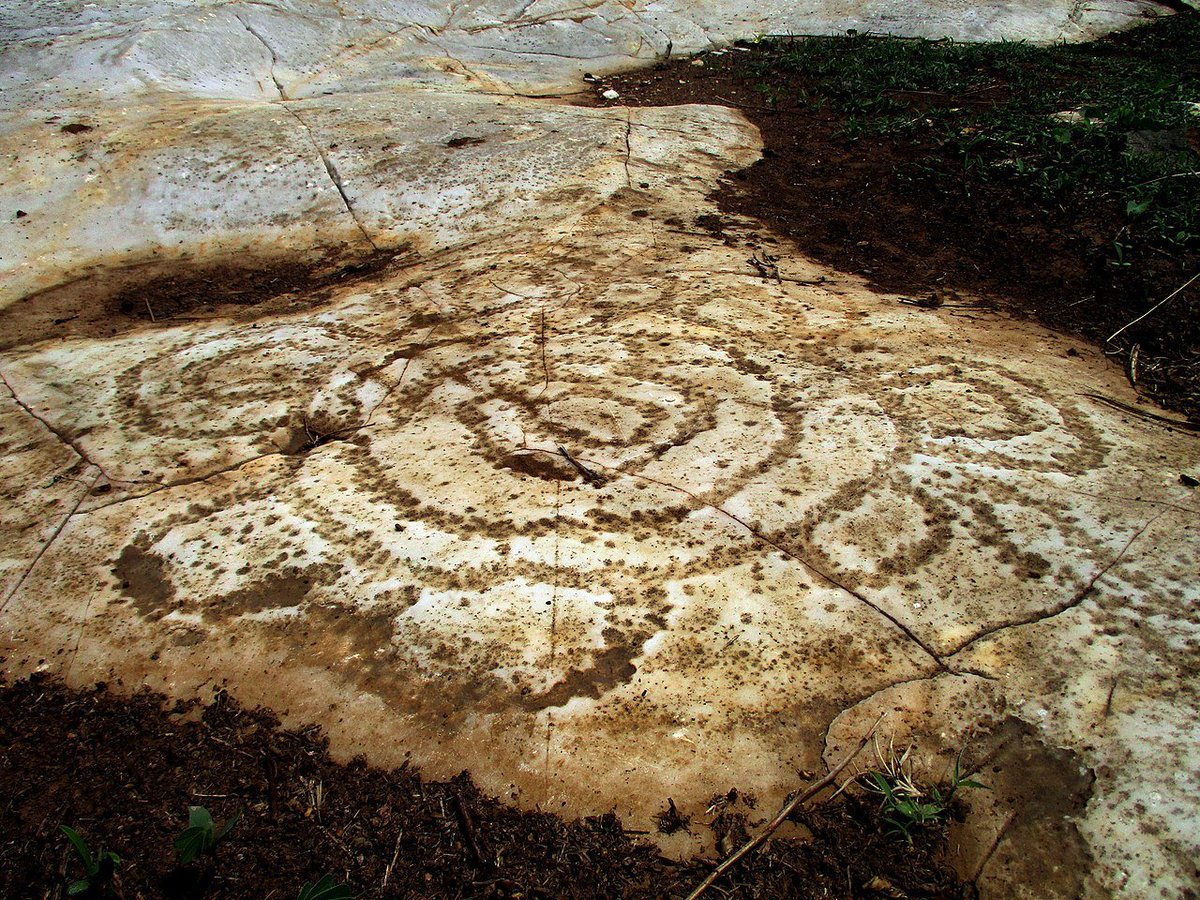
Etched into the sandstone cliffs near Moab, Utah 🇺🇸, this petroglyph panel captures a timeless procession of bighorn sheep—an iconic subject in the rock art of the American Southwest. These images, carved by the ancestral peoples of the region, may represent more than just…
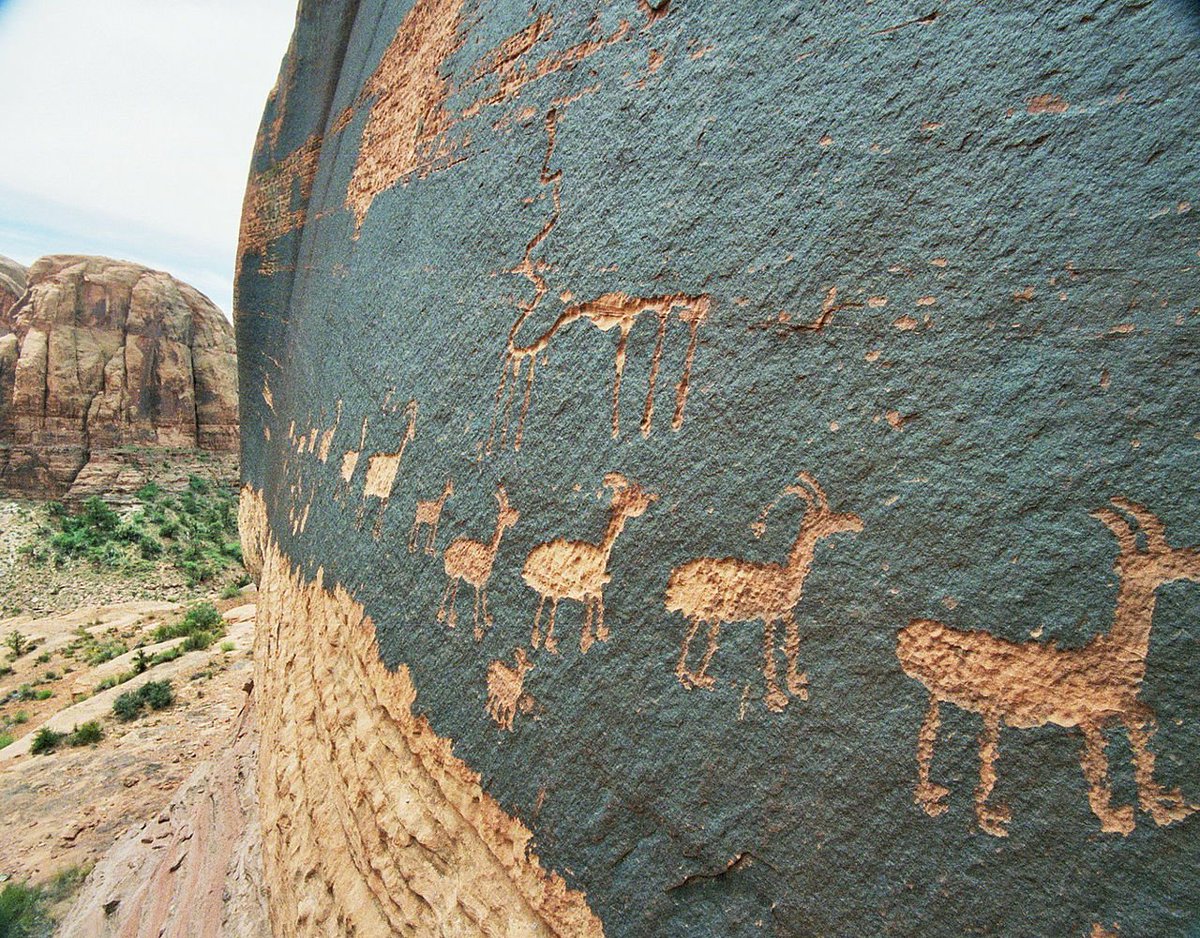
From the forests of Sweden's 🇸🇪 Västmanland region, the petroglyphs of Häljesta offer a vivid glimpse into the beliefs and rituals of the Nordic Bronze Age. These carvings, enhanced with red paint for visibility today, are not just decorative—they were powerful cultural symbols.…
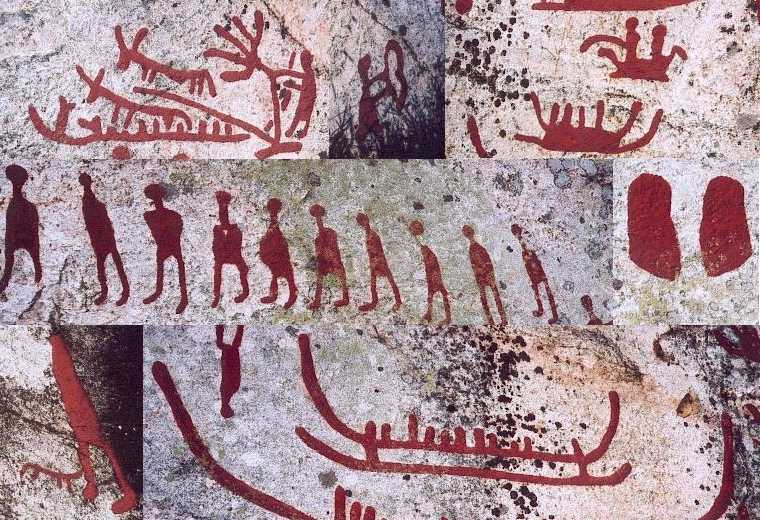
Scattered across the wave-washed volcanic rocks of Sinaloa’s coastline, the petroglyphs of Las Labradas form one of Mexico’s 🇲🇽 most enigmatic archaeological sites. These ancient carvings, etched by early Indigenous peoples possibly over 1,000 years ago, display an array of…
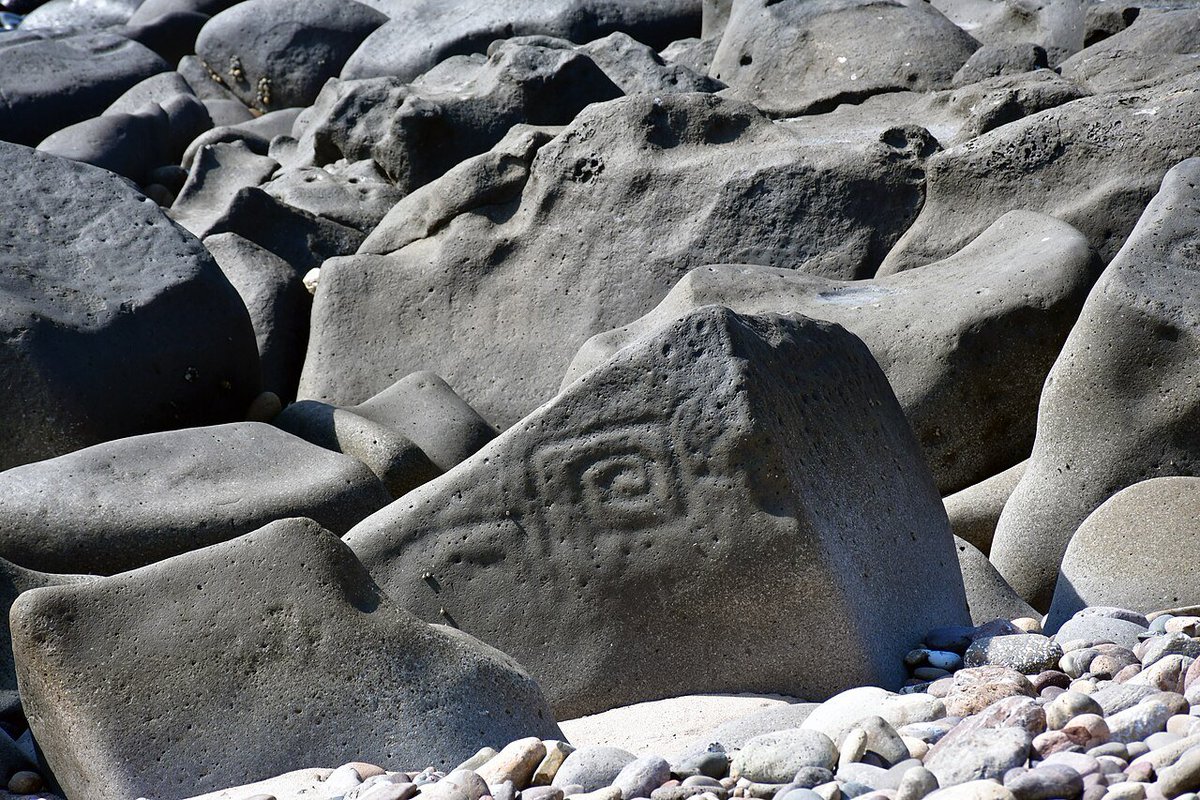
Etched into the basalt rocks of the Negev Desert, this ancient petroglyph of a camel stands as a silent witness to Israel’s 🇮🇱 rich and layered history. With its unmistakable hump and long legs, the carving captures one of the most iconic animals of desert life—a symbol of…
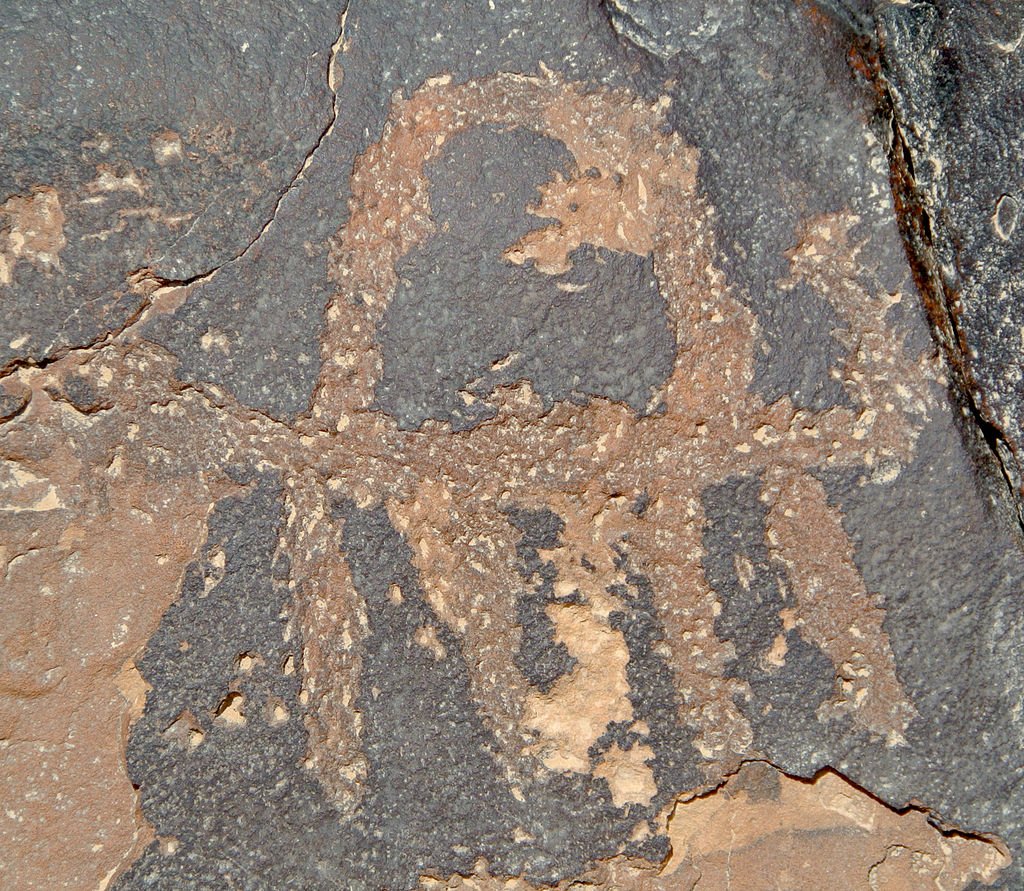
Carved into the granite bedrock of Galicia’s Campo Lameiro 🇪🇸 region, the petroglyphs of Laxe dos Carballos offer a stunning glimpse into the minds of Europe’s early inhabitants. Dating back to the 4th–2nd millennium BCE, these carvings blend abstract symbolism with scenes of…
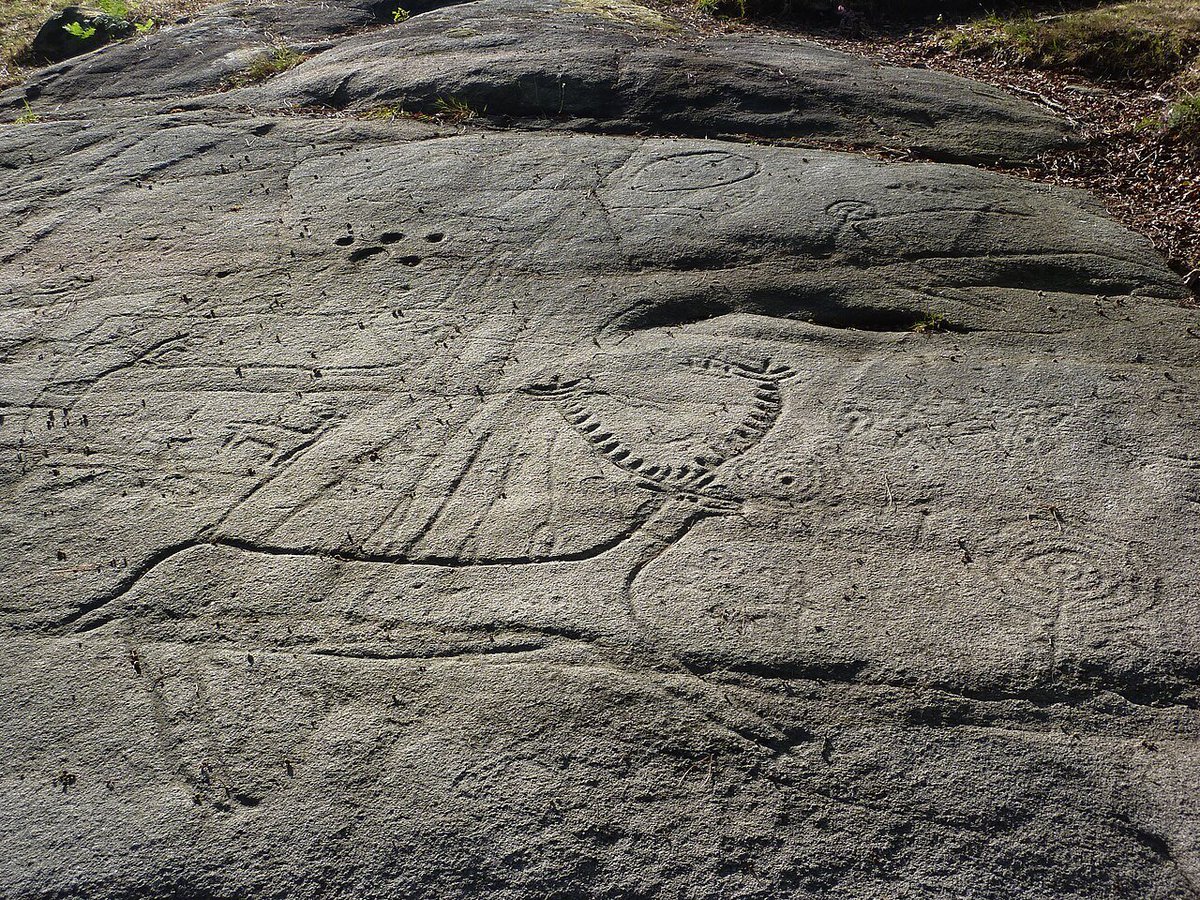
In the heart of Libya’s 🇱🇾 Mesak Settafet plateau, the Wadi Mathendous region hides a treasure of prehistoric rock art, including one of its most iconic carvings: two rampant lionesses, famously dubbed Meerkatze by German archaeologist Leo Frobenius. These lionesses, carved in a…
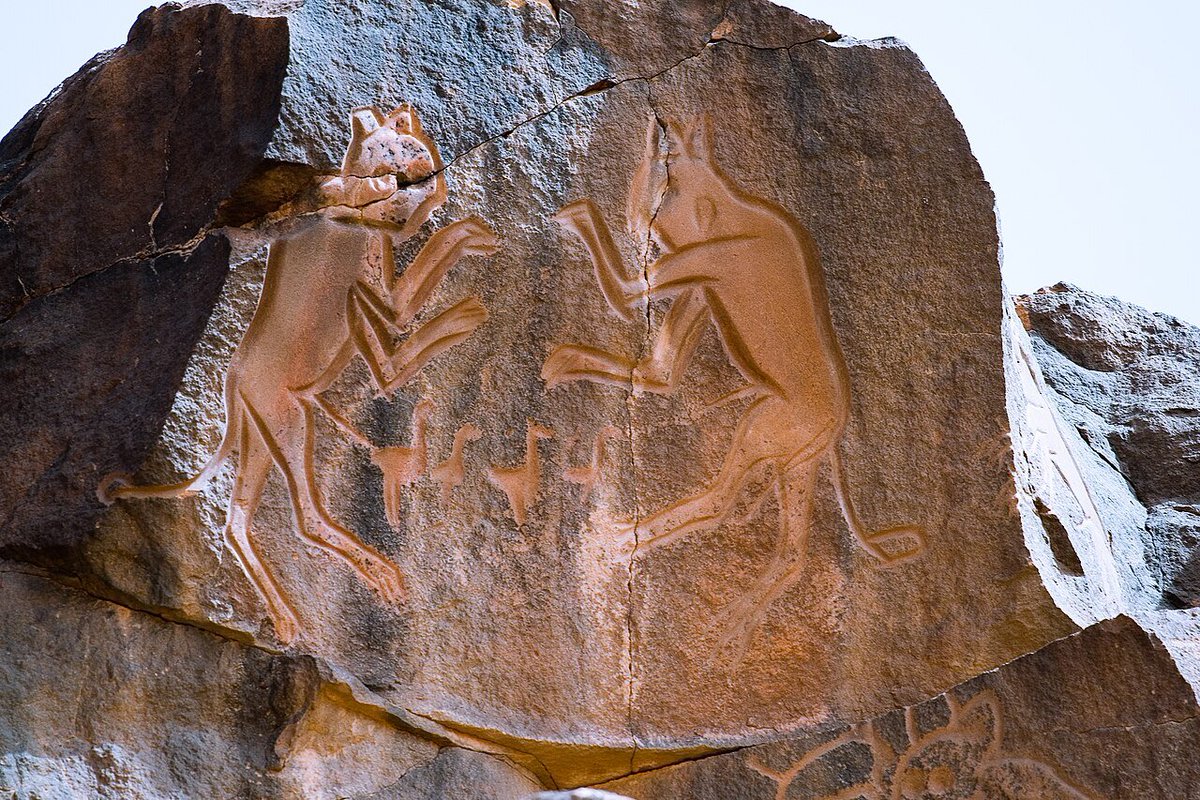
Tucked away in the Teimareh region of central Iran 🇮🇷 lies a remarkable gallery of ancient rock art—an often overlooked legacy of early human expression. These petroglyphs, carved into dark stone surfaces, depict scenes of hunting, animal figures, and mysterious anthropomorphic…
